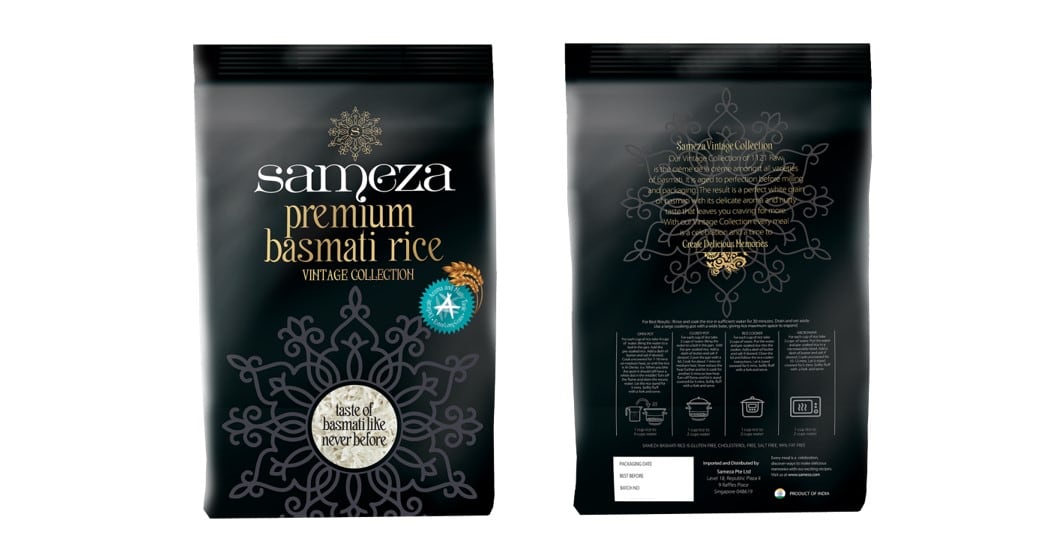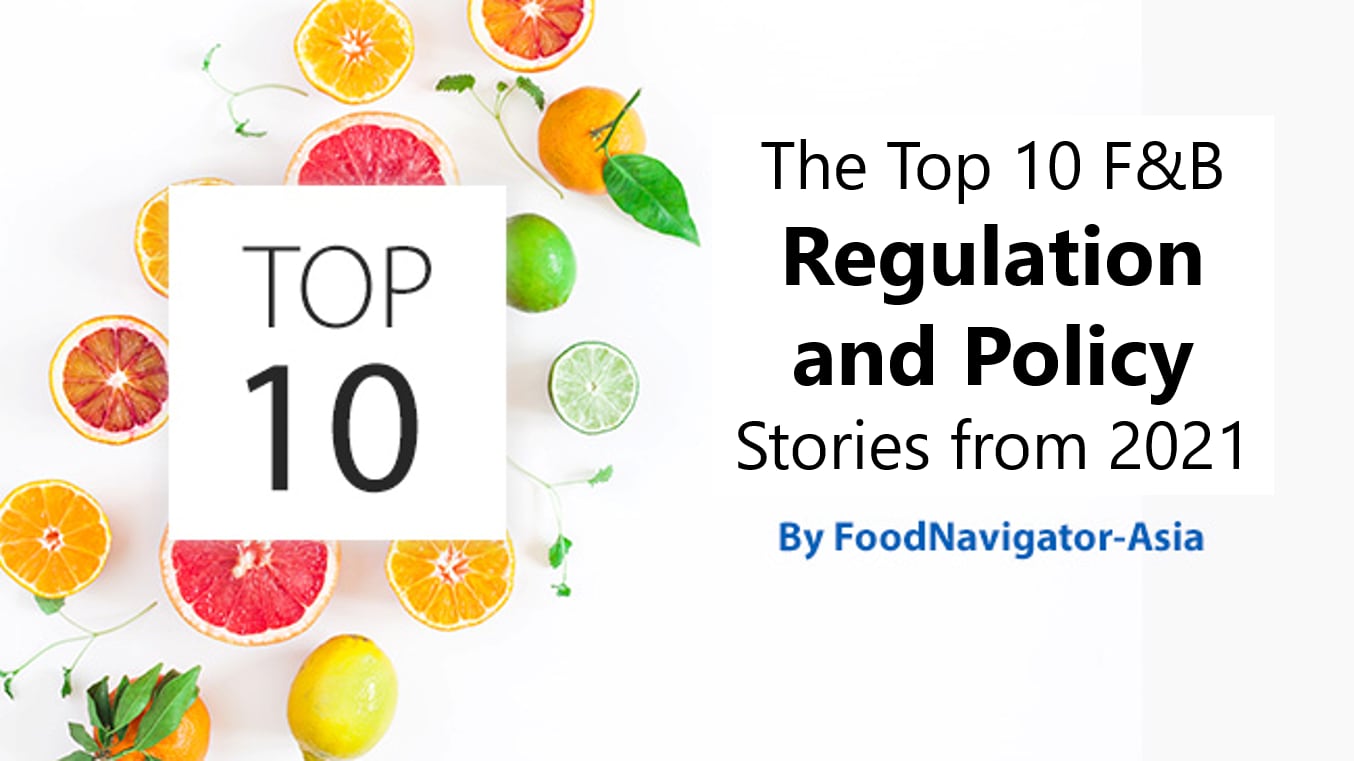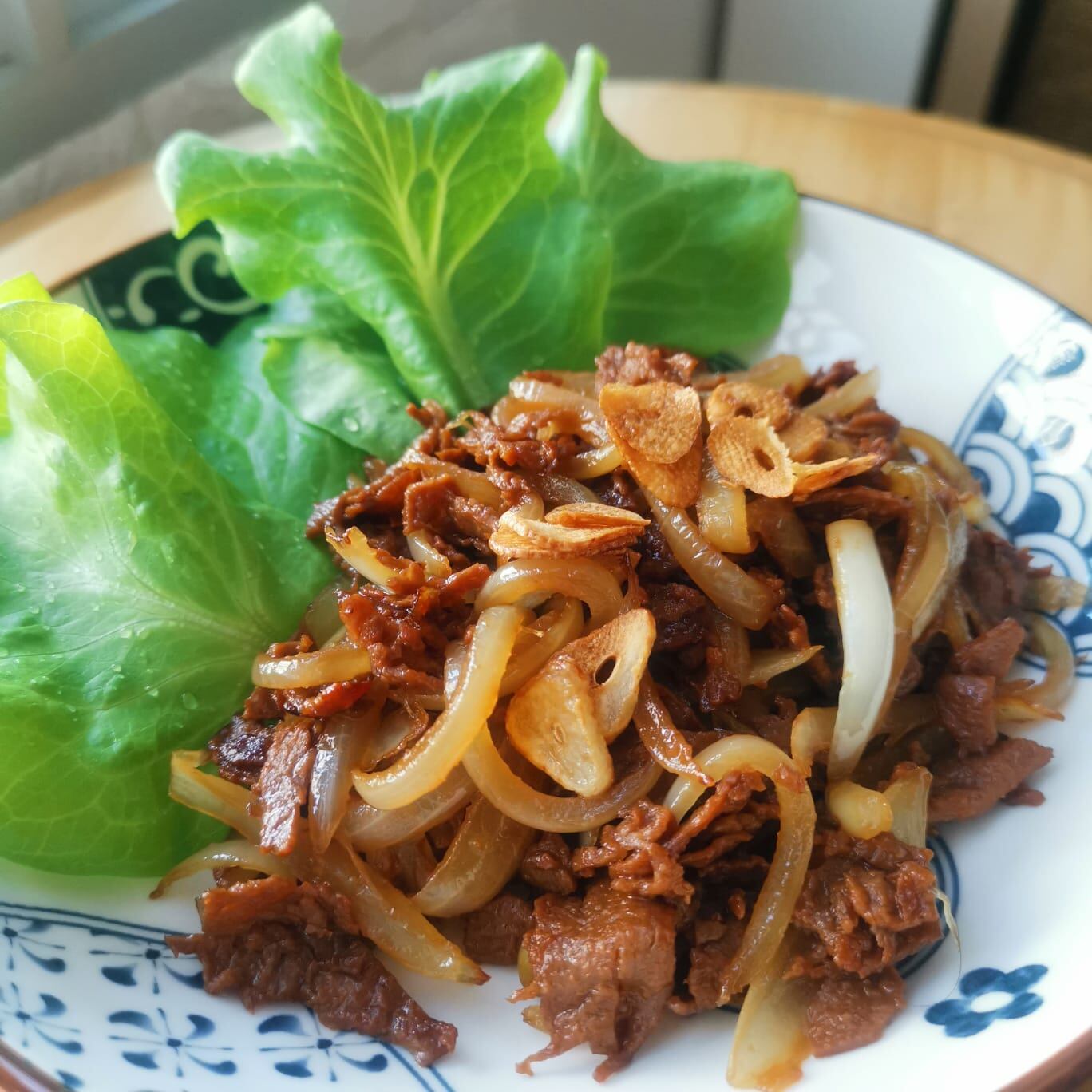The long-grain rice was first produced by a family mill in India for over 40 years to exclusively feed royal families in India and the Middle East.
The rice was never released to the public until Sameza brought it to Singapore.
“This product was only for the royal families of Middle East and India. They had private packaging and would send us their bags, we would fill it up and it would be delivered to them,” said Bably Bhasin, founder and CEO of Sameza.
Bhasin whose family was in the milling business for the royal basmati, founded Sameza in 2016 to introduce the premium long-grain rice to more people.
Unlike typical basmati with a glycaemic index (GI) between 56 to 59, its basmati rice is certified and accredited by Harvard Medical School with a low GI of 53. White rice typically has a high GI ranging from 70 to 110.
Because of its low-GI quality, Diabetes Singapore is exclusively promoting Sameza’s basmati rice. Diabetes Singapore is an organisation supporting the diabetic community in Singapore.
Bhasin said the low-GI aspect of Sameza’s basmati can help keep hormone levels balanced and reduce the risk of chronic diseases like diabetes, high cholesterol, and obesity. So far, her biggest clientele are Chinese who are switching from Jasmine rice.
There are multiple factors that makes a rice low GI, including where it is grown, which year of crop, which farms it has been picked up from, how it is dried, and how it is aged.
Singapore sales
In Singapore, the rice is sold on Sameza’s online store, RedMart, some restaurants as well as supermarket chains such as Cold Storage, which is owned by the Dairy Farm Group.
The firm is now looking to list in more hyper and supermarkets including Giant, NTUC and Sheng Shiong.
Bhasin said: “We have a conversion rate of 95%, that means any rice consumer who tries our rice said they will choose our rice again.
“We are interested in getting into hospitals and schools so that we can reach out to the grassroot level.” Her team is also looking for government collaborations to make Sameza a nationwide campaign.
In Singapore, sales have taken a hit due to the pandemic. Bhasin said 2017 to 2019 saw a 10% to 20% growth yearly, almost selling one container a month. In the early months of 2020, sales even grew 100%, but the pandemic halved sales after that.
Global expansion
She is optimistic that sales will pick up, as international markets of Canada and US have shown interest in the product.
“People are looking for healthier, staple foods. We see this in foods like tortillas which are available as gluten-free, multi-grain et. There's a lot of innovative staples over there but rice is something where we see no innovation yet, so consumers are excited for this,” Bhasin said.
The firm is now approaching major retailers in North America.
“Sameza is not just a commodity company, we want to make an impact and disrupt the industry.”
To reduce costs, Sameza ensures as few middlemen between shipment to the consumer, passing on the cost-savings to consumers instead.
Each 1kg bag of basmati costs SG$7 (US$5). While it might seem expensive, the yield is said to be higher.
Typically, one cup of white rice and basmati will yield about two and 2.5 cups of cooked rice respectively. One cup of Sameza’s basmati would yield four cups of cooked rice.
Processing step
Sameza’s basmati is grown from the 1121 variety by artisan farmers.
The firm only owns the mills in India, and not the paddy fields. “We have decided not to own the paddy fields because it will affect the farmer as they can only grow rice for us. It is important to have a cycle and grow other crops other than rice, which helps rejuvenate the soil.”
Once the rice is grown and harvested, it is aged for two to three years, longer than the usual period of six months. The ageing process gives it a finer taste, akin to wine, according to Bhasin.
After ageing, it goes through a time-consuming raw milling process where every grain is picked individually with a particular circumference, tail curvature and length.
Currently, most basmati producers either steam or parboil the rice during milling.
“We do raw milling because it affects the consistency of cooking, which then affects taste, how it takes on flavours, and what it does in your body when it goes down to a cellular level in terms of providing nutrition,” Bhasin explained.




